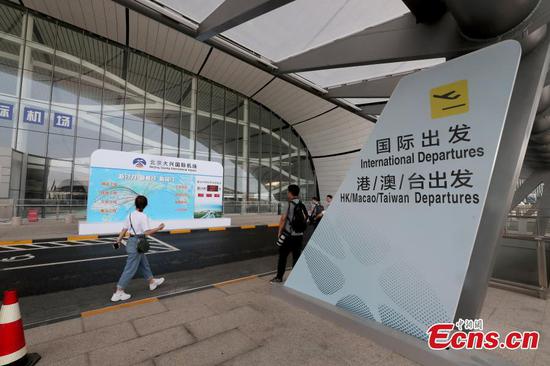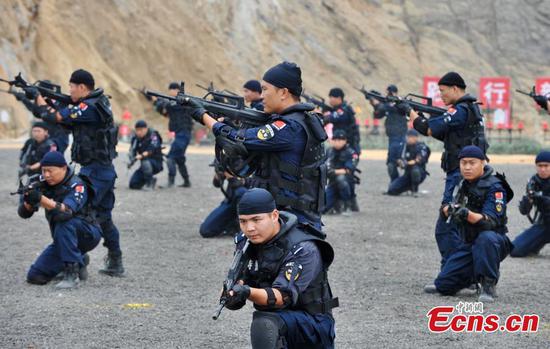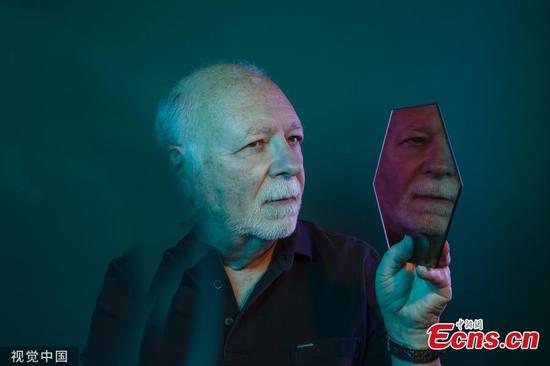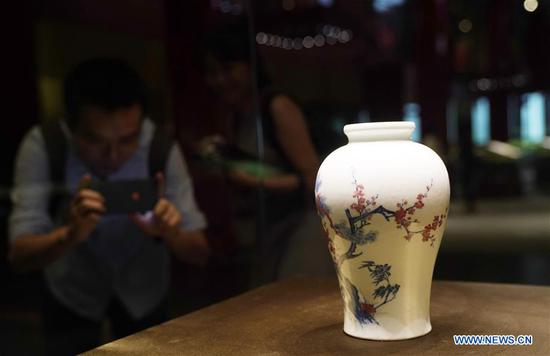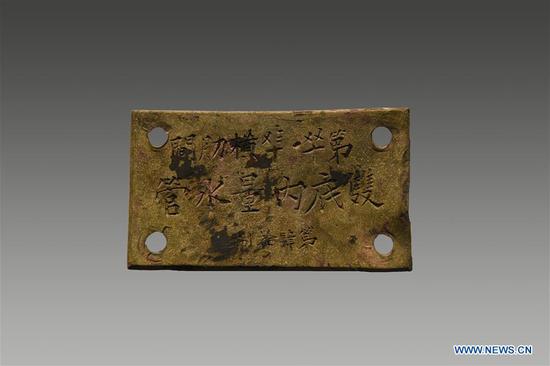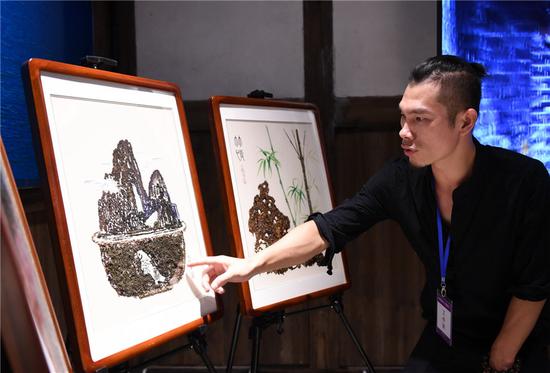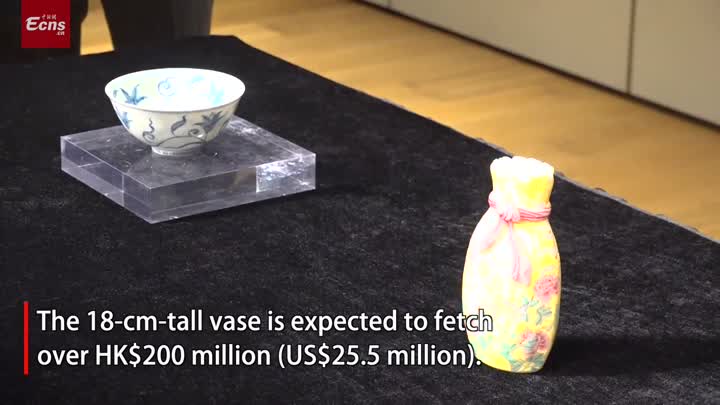
Maeng Joo-oeck, adviser to the Korea Association of Chinese Language Education. (YANG HAN/CHINA DAILY)
A recent video of her opening an oyster containing pearls at a workshop in Shanghai garnered nearly 500,000 views in a week. "Videos showing Chinese culture are always the most popular ones on my channel," Liu said. "In the comments section, many people said they were impressed by the rapid development of Chinese cities."
Liu is a former international student in South Korea. During her time there, she received a great deal of help from her South Korean schoolmates in learning Korean, a key reason she wants to help people in the country to learn Chinese in return.
Hoping to showcase "the real China", Liu combines teaching Chinese with scenes from daily life, such as shopping at an unmanned convenience store, having a traditional Chinese head massage and ordering food via WeChat.
Maeng said, "Online education has also provided a more diverse way of teaching Chinese," adding that language education is no longer just test-oriented, but has become more practical to meet society's demands.
In recent decades, the Chinese-language education industry has matured, with the main teaching platforms extending from universities to numerous private language institutions in South Korea, said Maeng, who is also president of the Asia-Pacific Consortium of Teaching Chinese as an International Language.
The popularity of learning Chinese began to flourish in South Korea in 1992, when the two countries formally established diplomatic relations.
"Many words in Korean actually originated from Chinese," said Maeng, who is also a professor in the Chinese Language, Literature and Culture Department at Hankuk University of Foreign Studies in Seoul.
South Korean students comprise the largest foreign student group in China, and vice versa, according to the Chinese embassy in Seoul. Last year, the number of students sitting the Hanyu Shuiping Kaoshi, or Chinese Proficiency Test, in South Korea exceeded 110,000-more than in any other country.
Maeng said, "China has risen to be the world's second-largest economy, so more and more South Koreans feel the need to study the language (for more opportunities)." He added that the trend of learning Chinese has a solid base in South Korea due to its close geographical location, trade and economic relations, and people-to-people exchanges with China.









